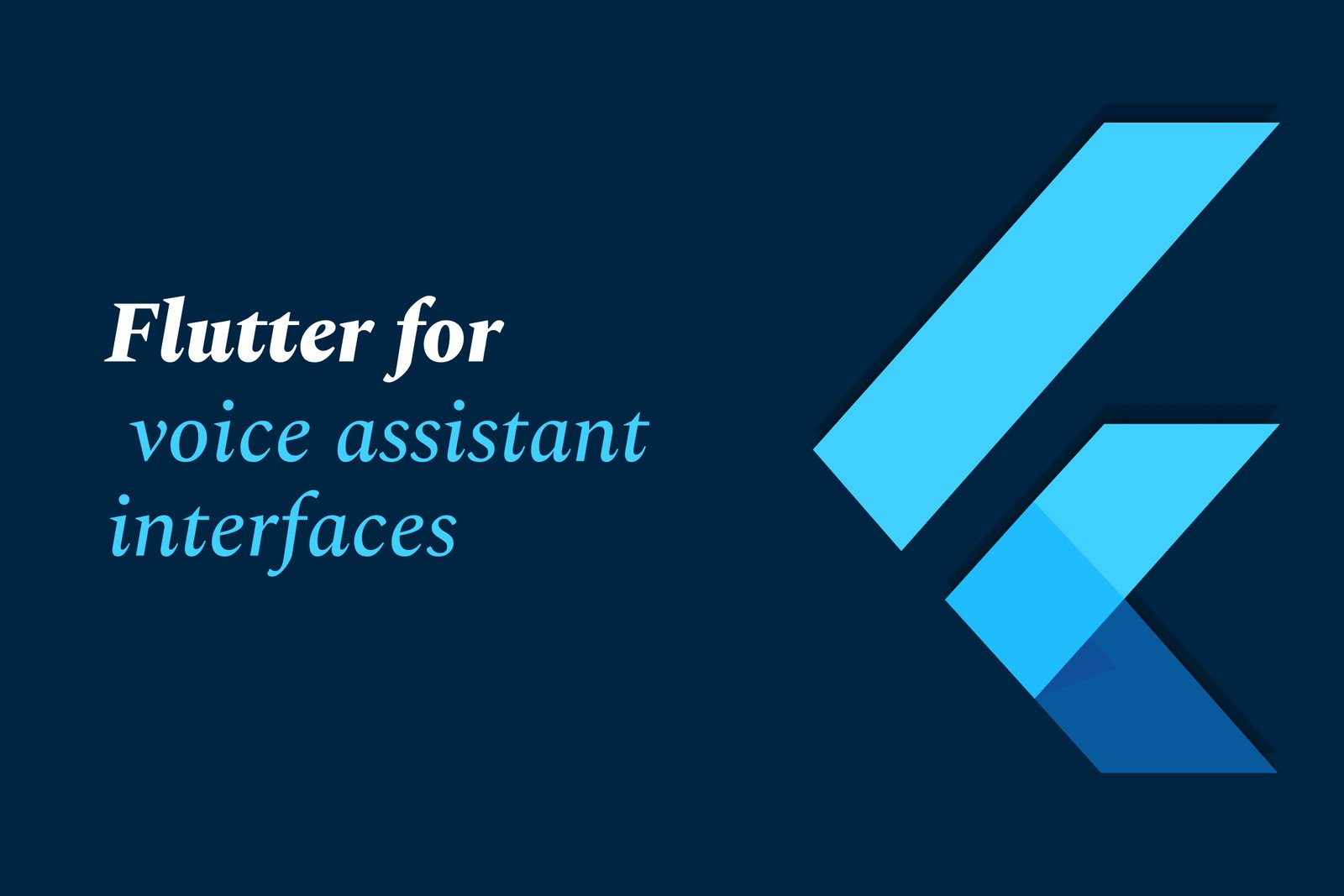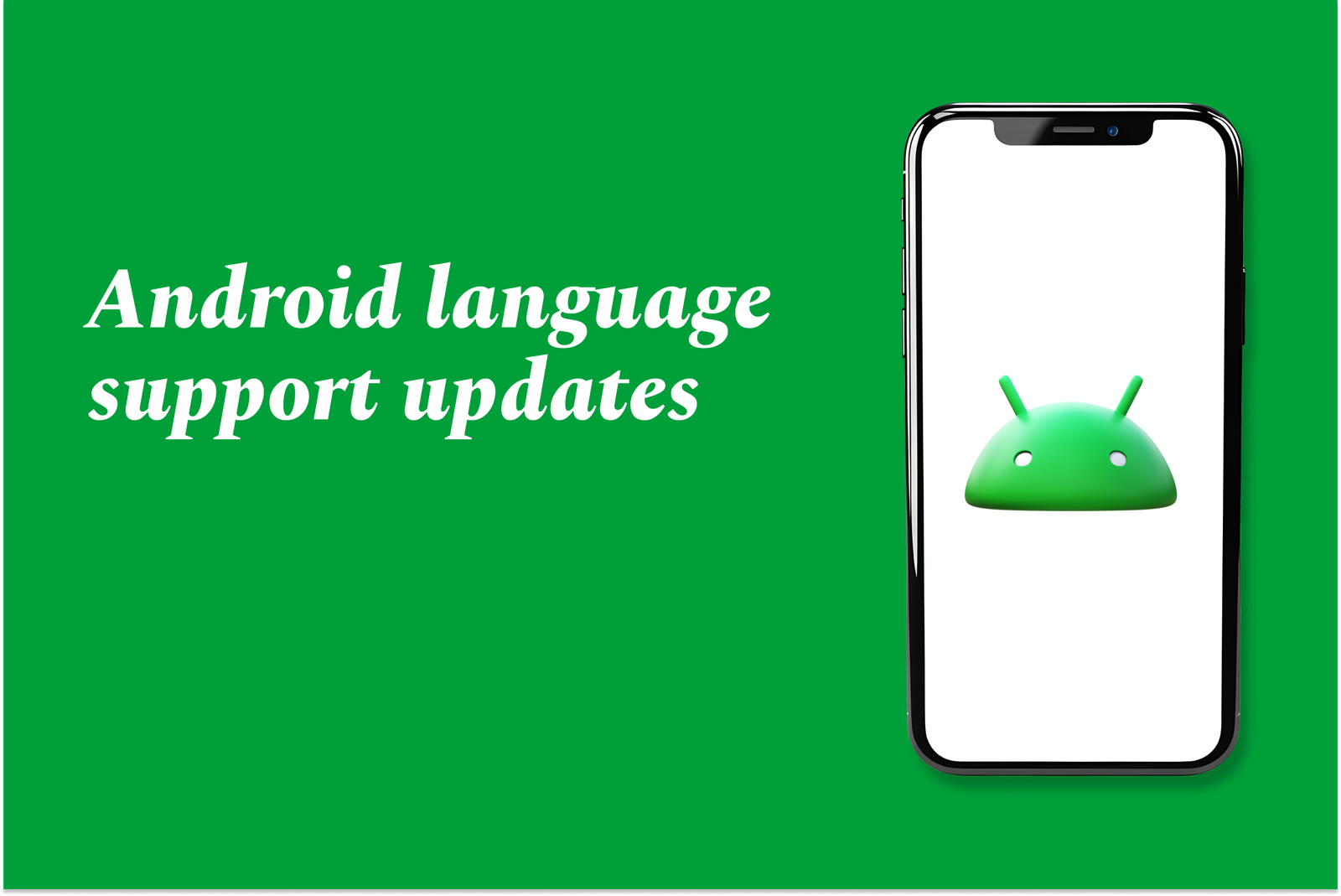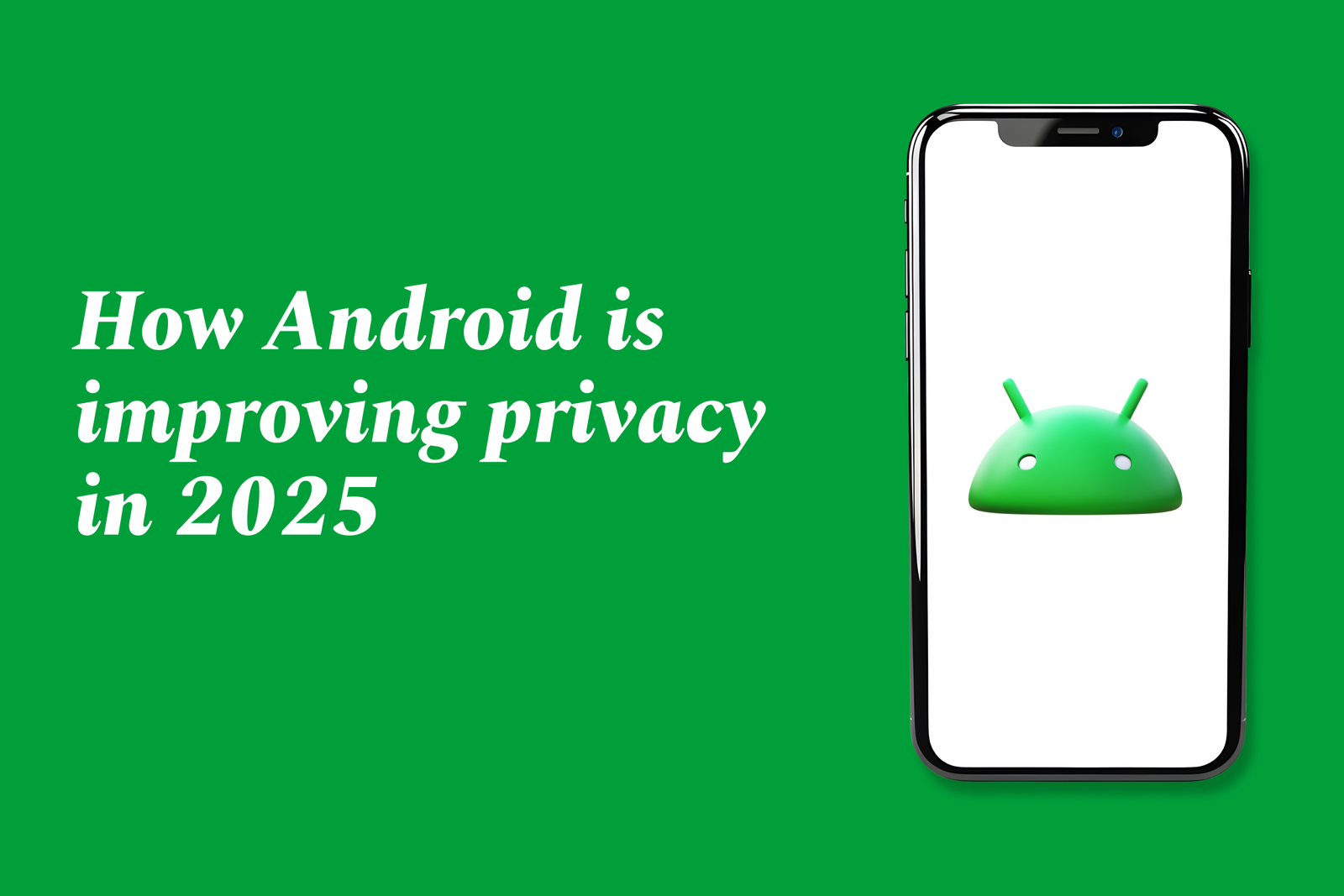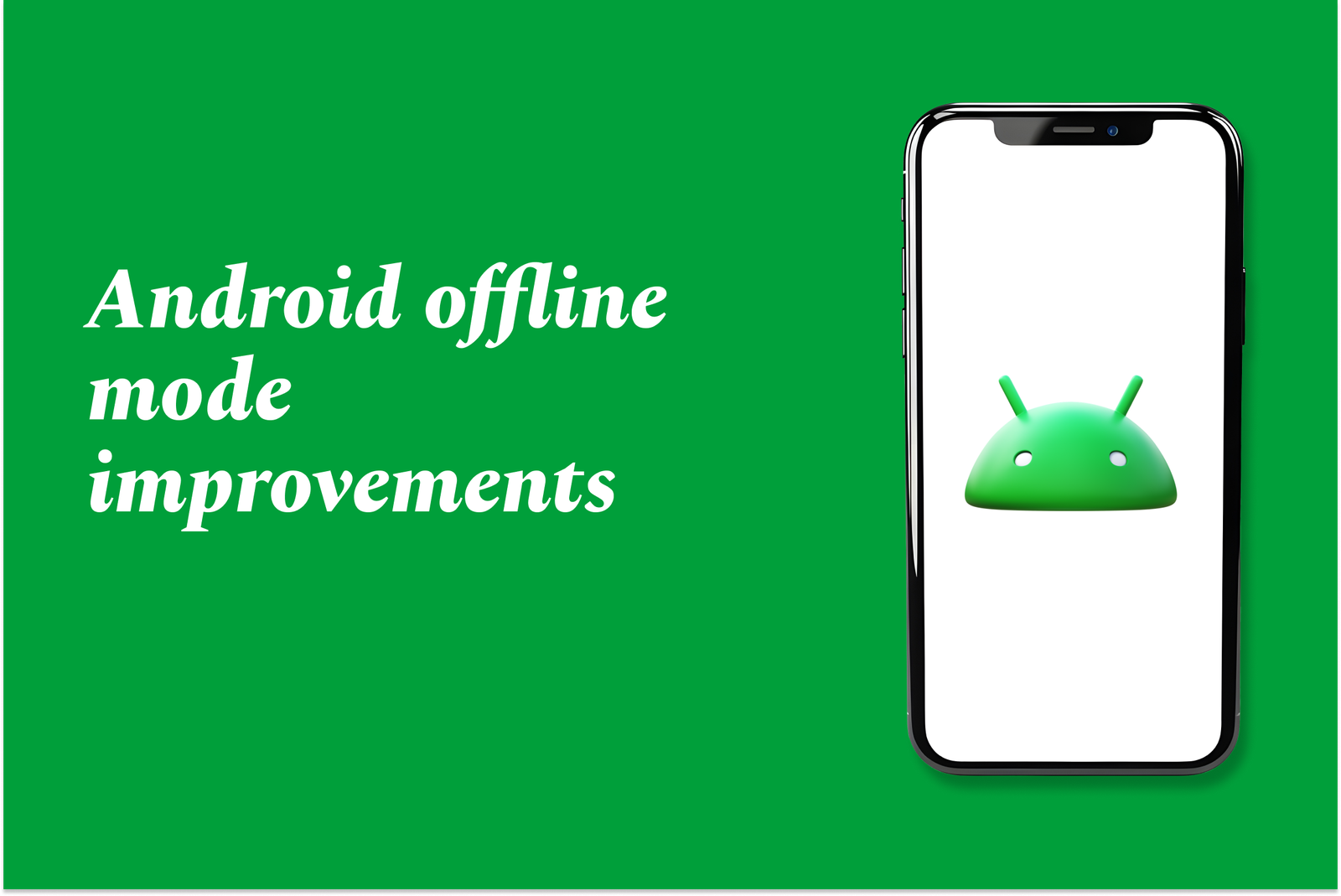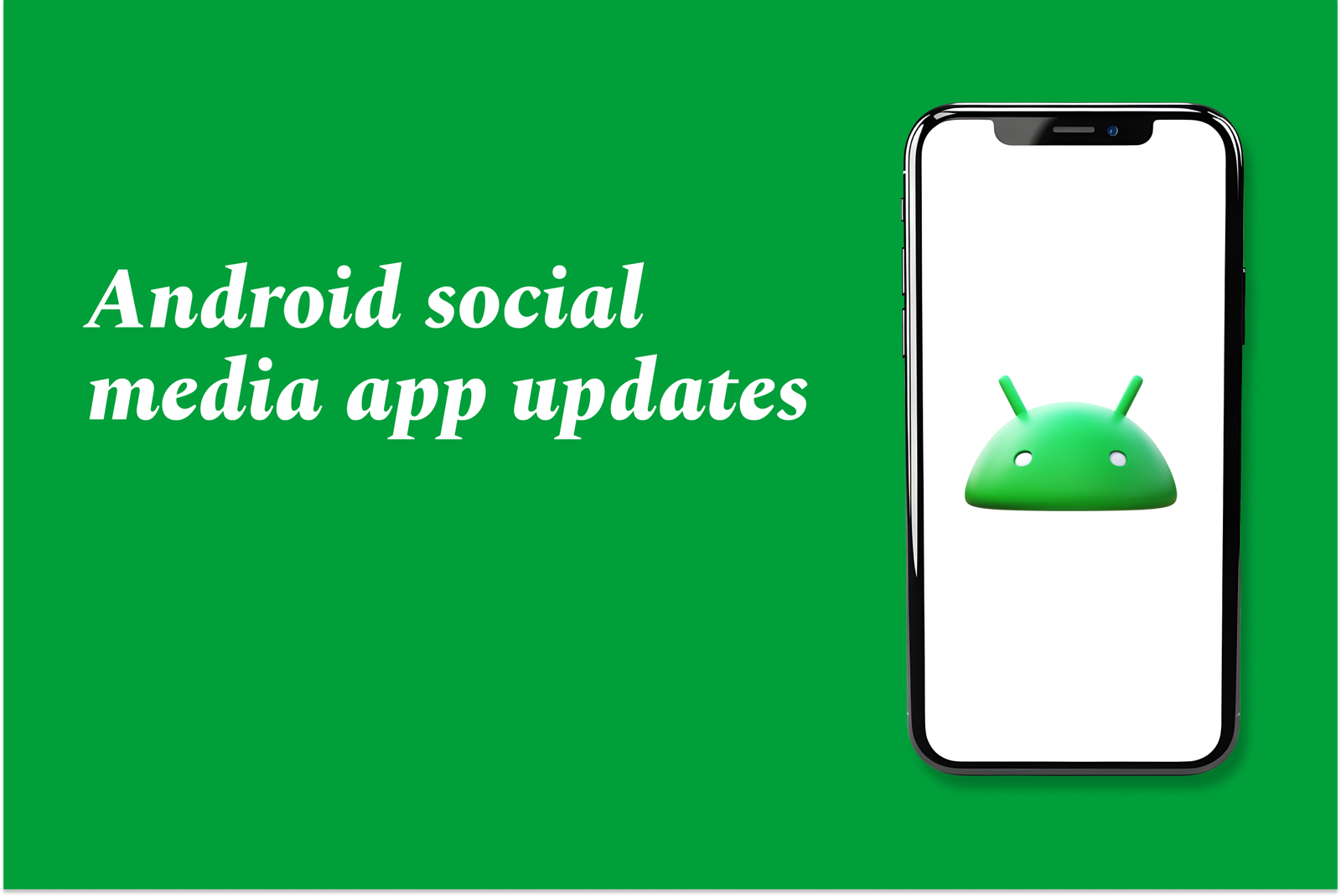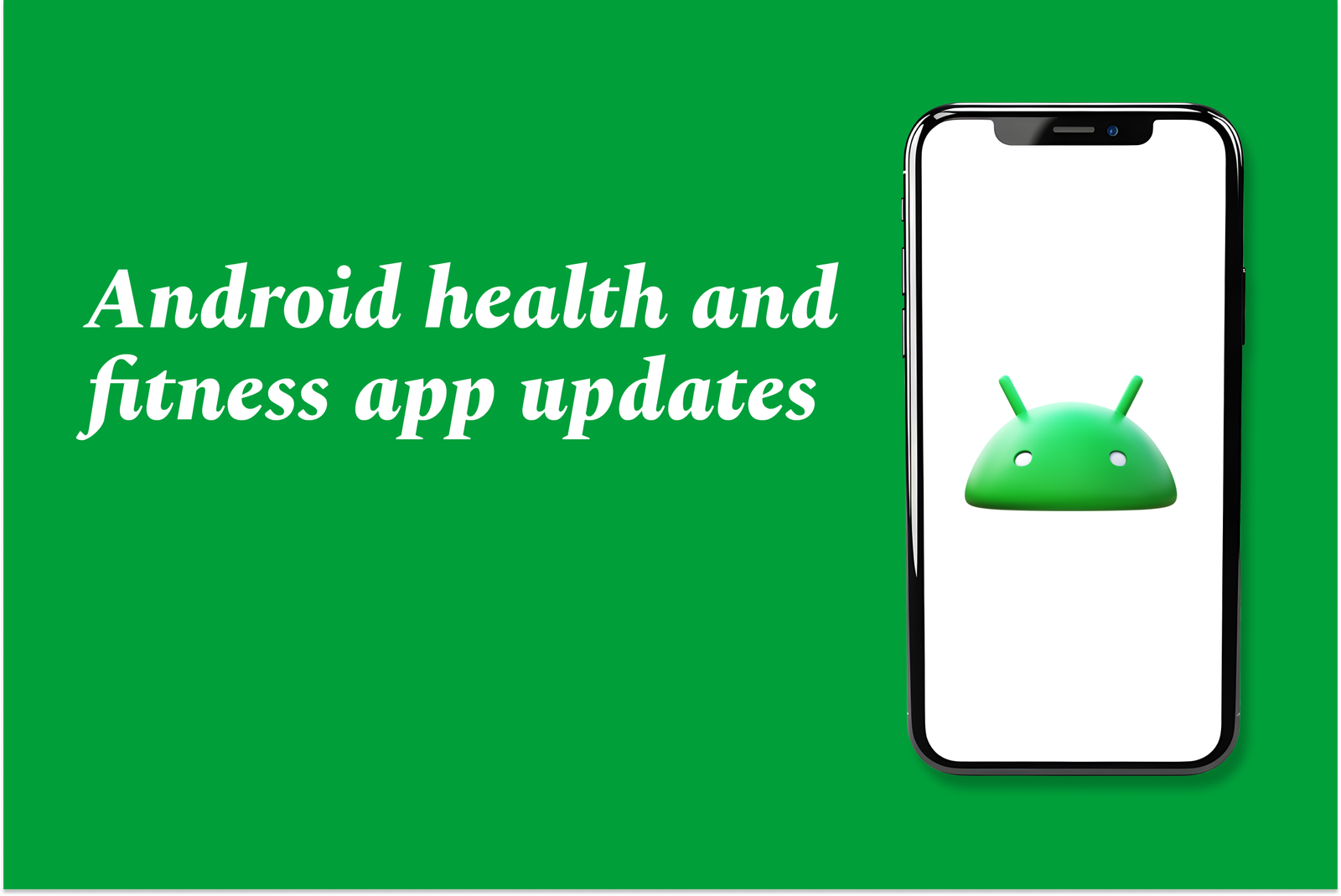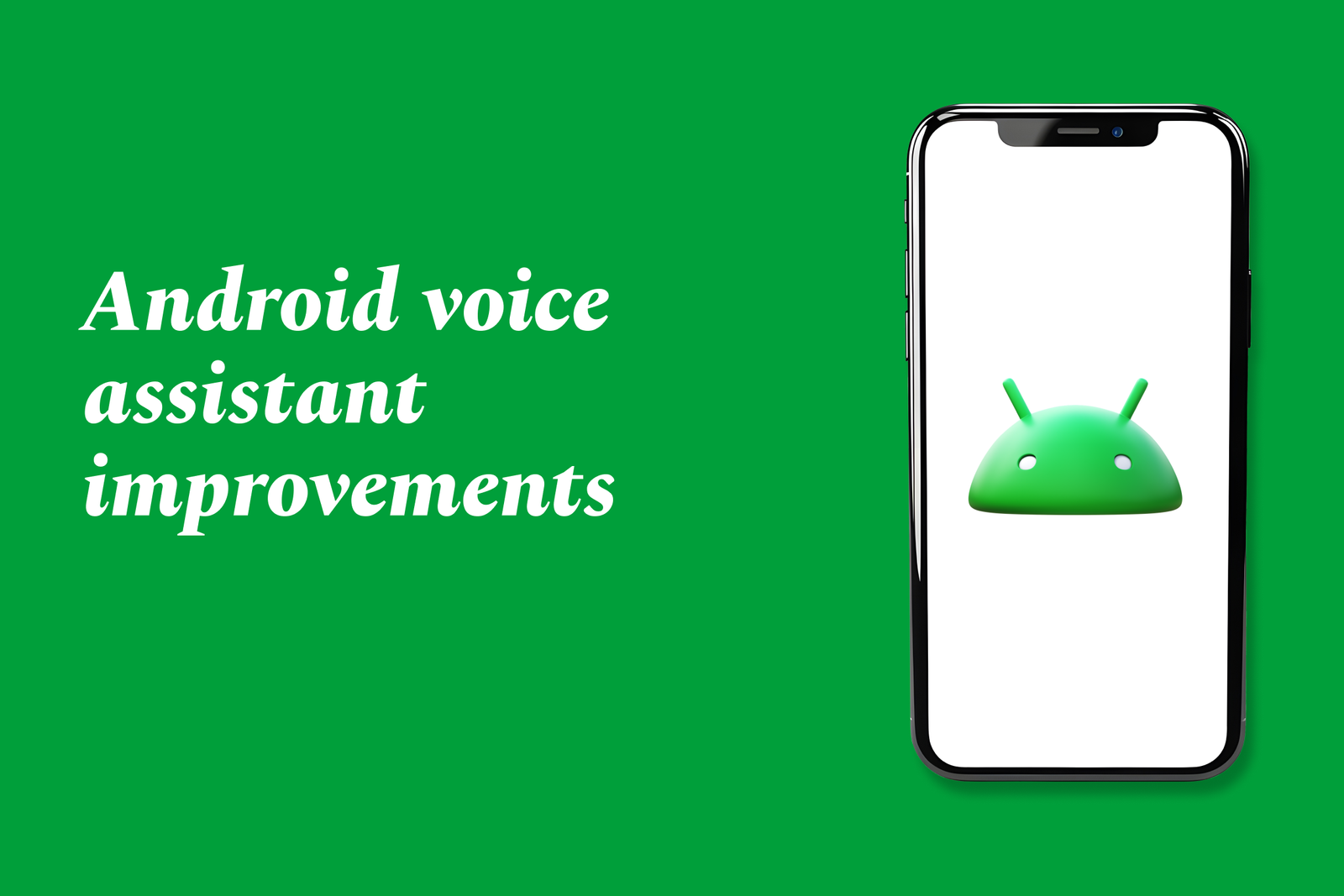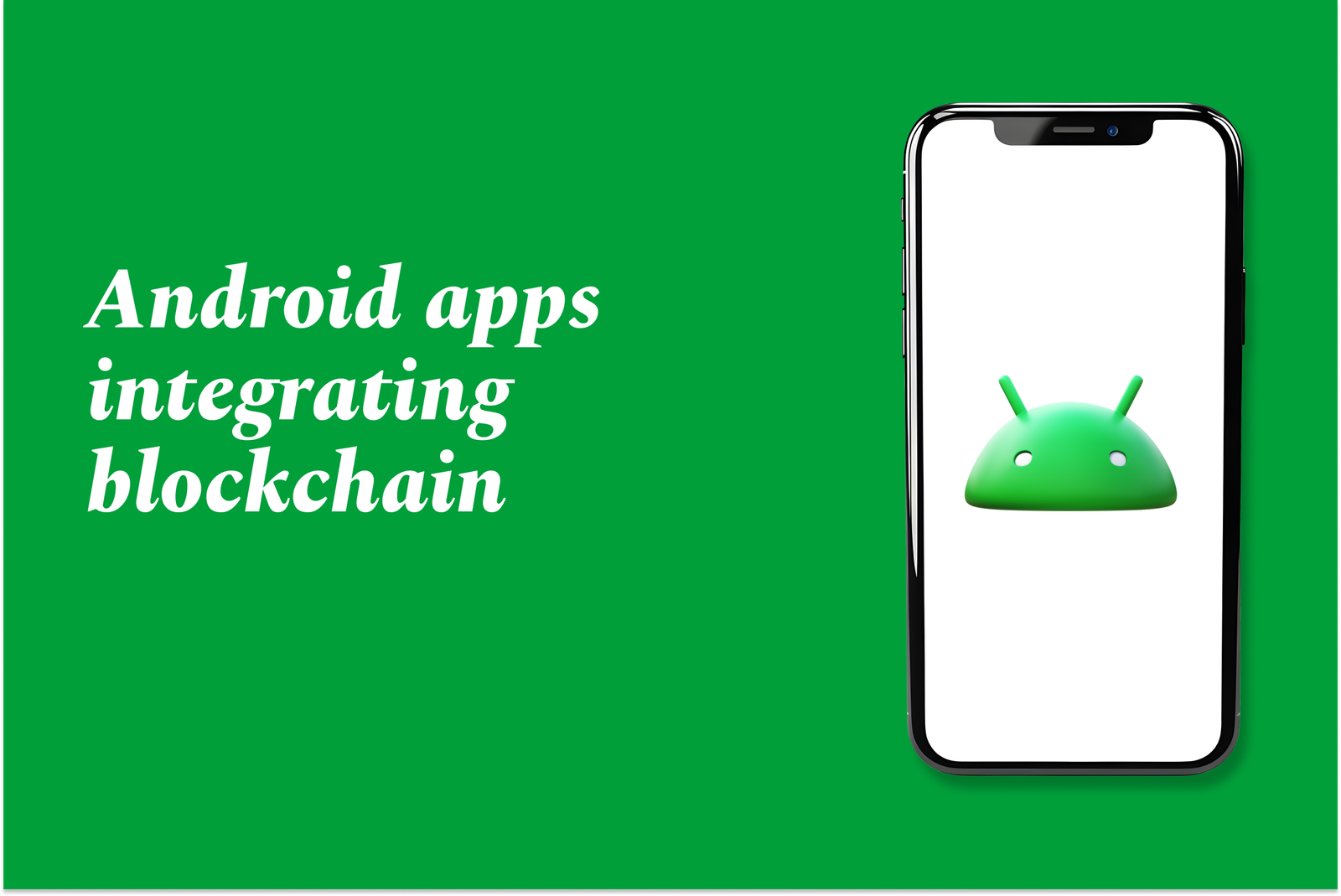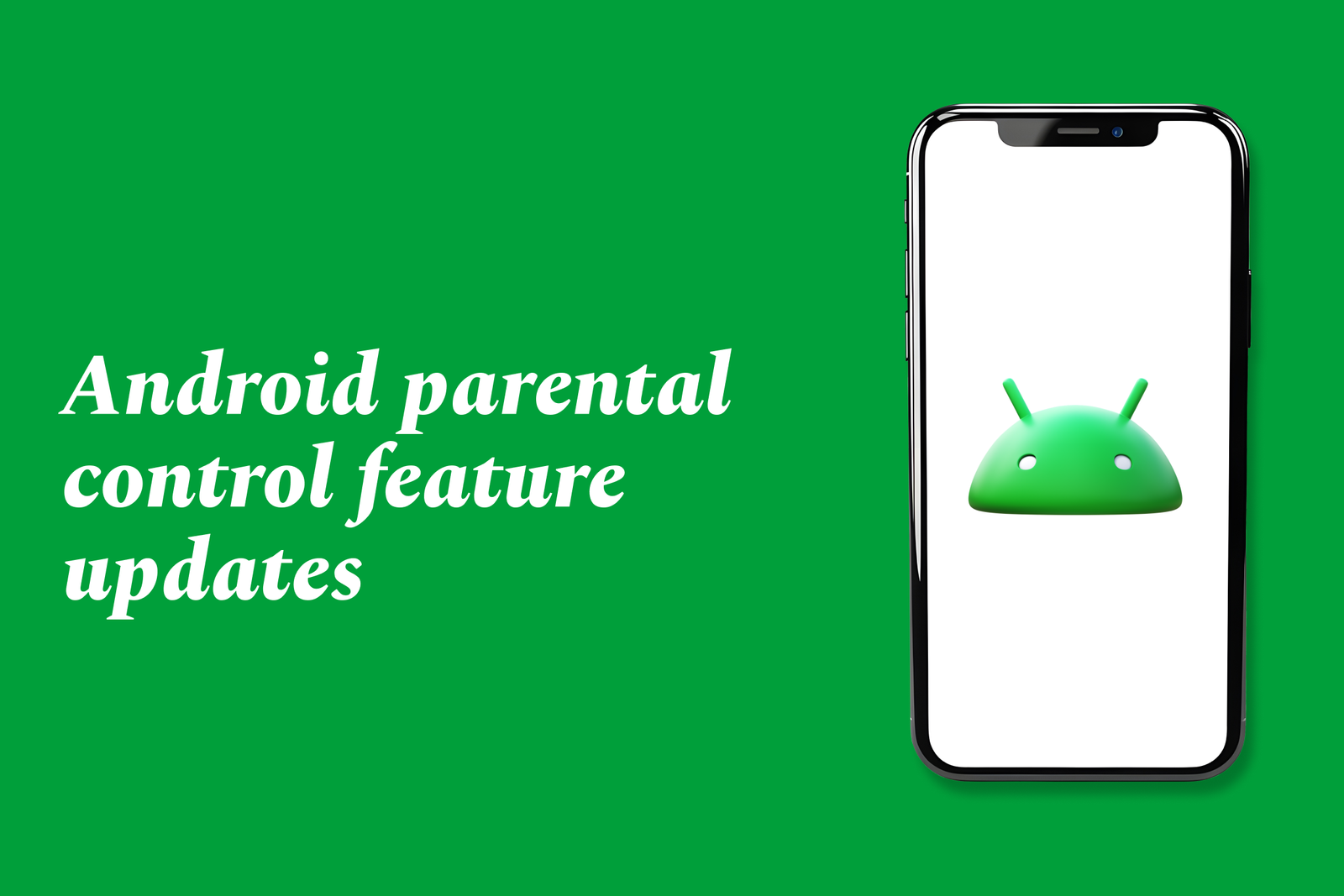Flutter for Voice Assistant Interfaces
Flutter is a versatile UI toolkit that enables developers to build cross-platform, visually rich voice assistant interfaces with ease. Its widget-based design, fast development cycle, and integration with voice AI tools make it ideal for creating responsive, engaging conversational apps.
Flutter for voice assistant interfaces
1 ) Introduction to Flutter and its UI/UX Significance
Flutter, launched by Google in 2017, is a top tier SDK popular for its ease of use, speed, and a wide array of customizable widgets.
It empowers developers to build visually stunning and responsive interfaces across mobile, web, desktop, and embedded platforms from a single codebase.
In today's experience driven market, great UI/UX design is essential to capture and engage users, and Flutter offers agility, high performance, and cutting edge UI solutions.
2 ) Understanding UI and UX Fundamentals
User Interface (UI): This concerns all the visual elements users interact with, including buttons, icons, layout, typography, colors, and responsiveness.
Key UI aspects: Visual design (color, typography, imagery), layout for clarity, interactivity, and consistency to help user navigation.
User Experience (UX): This focuses on the overall satisfaction users derive from engaging with an app, covering usability, accessibility, and efficiency.
Key UX aspects: User research to understand needs, information organization for easy access, intuitive navigation paths, and accessibility considerations for diverse users.
3 ) Flutter’s Role in Enhancing Voice Assistant Interfaces
Flutter offers multi platform support making it ideal for voice assistant UIs that span devices like smartphones, desktops, and embedded systems.
Integration with voice AI platforms (e.g., LiveKit, Alan AI) facilitates voice recognition, speech to text, text to speech, and real time dialogue management.
Flutter’s widget driven architecture allows developers to build custom voice interface elements such as audio visualizers, control buttons, and conversational UI components.
Flutter's hot reload and fast compilation enable rapid development and iteration for voice assistant apps.
4 ) LiveKit and Flutter: Building Production Grade Voice Agents
LiveKit provides a robust infrastructure for building scalable realtime voice agents, including edge cloud support, turn detection, and interruption handling.
The LiveKit Flutter SDK makes it easy to create cross platform voice assistant apps that can handle microphone input, speech transcription, and virtual avatars.
Examples include starter apps built with Flutter that integrate with voice AI services and offer features such as media track subscription and state synchronization between frontend and voice agent logic.
5 ) Best Practices for Voice Assistant UI/UX with Flutter
Maintain consistent design patterns aligned with voice interactions for intuitive user journeys.
Employ reactive UI updates to reflect the voice agent’s state (e.g., listening, thinking, speaking) to enhance user awareness.
Optimize accessibility by supporting screen readers, appropriate color contrast, and clear feedback mechanisms.
Use layered animations and audio visualizations to provide lively and engaging voice feedback.
6 ) Emerging Trends and Flutter's Future in Voice AI
The integration of AI driven conversational workflows with Flutter UIs is accelerating.
Increasing adoption of virtual avatars, multi modal input (voice + vision), and real time adaptive interfaces enhances user engagement.
Flutter remains a flexible and productive framework enabling developers to capitalize on innovations in voice technology, AI reasoning, and multi platform deployment.
Summary:
Flutter stands as a highly effective framework for crafting sophisticated, responsive, and accessible voice assistant interfaces across a multitude of platforms. Its combination of rapid development tools, rich widget libraries, and compatibility with leading voice AI platforms like LiveKit facilitates the creation of engaging conversational experiences. By understanding UI/UX fundamentals and leveraging Flutter’s capabilities, developers can build voice enabled apps that deliver impressive performance, flexibility, and user satisfaction in real time voice interaction scenarios.
https://justacademy.in/news-detail/flutter-ai-packages-gaining-traction
https://justacademy.in/news-detail/education-apps-using-flutter-&-dart
https://justacademy.in/news-detail/building-3d-interfaces-in-flutter
https://justacademy.in/news-detail/flutter-for-logistics-and-delivery-apps
https://justacademy.in/news-detail/is-react-native-still-competitive-with-flutter?
Related Posts
Android language support updates enhance the platform by enabling modern Java 8 features like lambdas and method references within Android Studio, improving code efficiency and developer experience without needing the Jack compiler, streamlining app development and build processes.
In 2025, Android enhances privacy with stricter app permissions, improved data encryption, and advanced APIs that give users greater control over their data. System updates focus on secure media handling and transparent, developer-friendly tools to protect personal information seamlessly.
Android offline mode improvements enhance app usability by allowing users to access content and features without an internet connection. These updates enable pre-downloading data, reduce dependency on continuous connectivity, and improve user experience during travel or in low-network areas.
Google Android ecosystem partnerships unite device makers, developers, carriers, and enterprises to build a flexible, secure platform powering billions of devices worldwide. These collaborations drive innovation, expand app access, and enhance user experiences across diverse Android-powered products.
Android social media app updates enhance user experience with improved features like real-time notifications, AI-driven content discovery, expanded communities, and better multimedia support. These updates ensure smoother interactions, faster info sharing, and more personalized social networking on mobile devices.
Android health and fitness app updates focus on improved data sharing, personalized coaching, and enhanced tracking across devices. Key apps like Health Connect, Samsung Health, and Google Fit offer better privacy controls, seamless integration, and support for diverse wellness goals.
Android's multi-user feature lets multiple people have separate profiles on one device, keeping data and apps separate. Recent updates improve user switching, address bugs like Wallet issues, and optimize performance by suspending inactive profiles for smoother multitasking.
Android voice assistant improvements enhance hands-free control by integrating smarter, more natural voice commands in Android Auto and CarPlay. Upgrades include better music navigation, AI-powered icon recognition for accessibility, and solutions for seamless connectivity, boosting safety and usability.
Android apps integrating blockchain leverage decentralized technology to enhance security, transparency, and trust in transactions and data management. These apps enable secure payments, identity verification, and supply chain tracking, revolutionizing mobile experiences across industries.
Android parental control updates enhance child safety by offering real-time monitoring, app notifications sync, screen time limits, app blocking, precise GPS tracking, and location alerts, enabling parents to manage and protect their children's device usage more effectively and securely.
